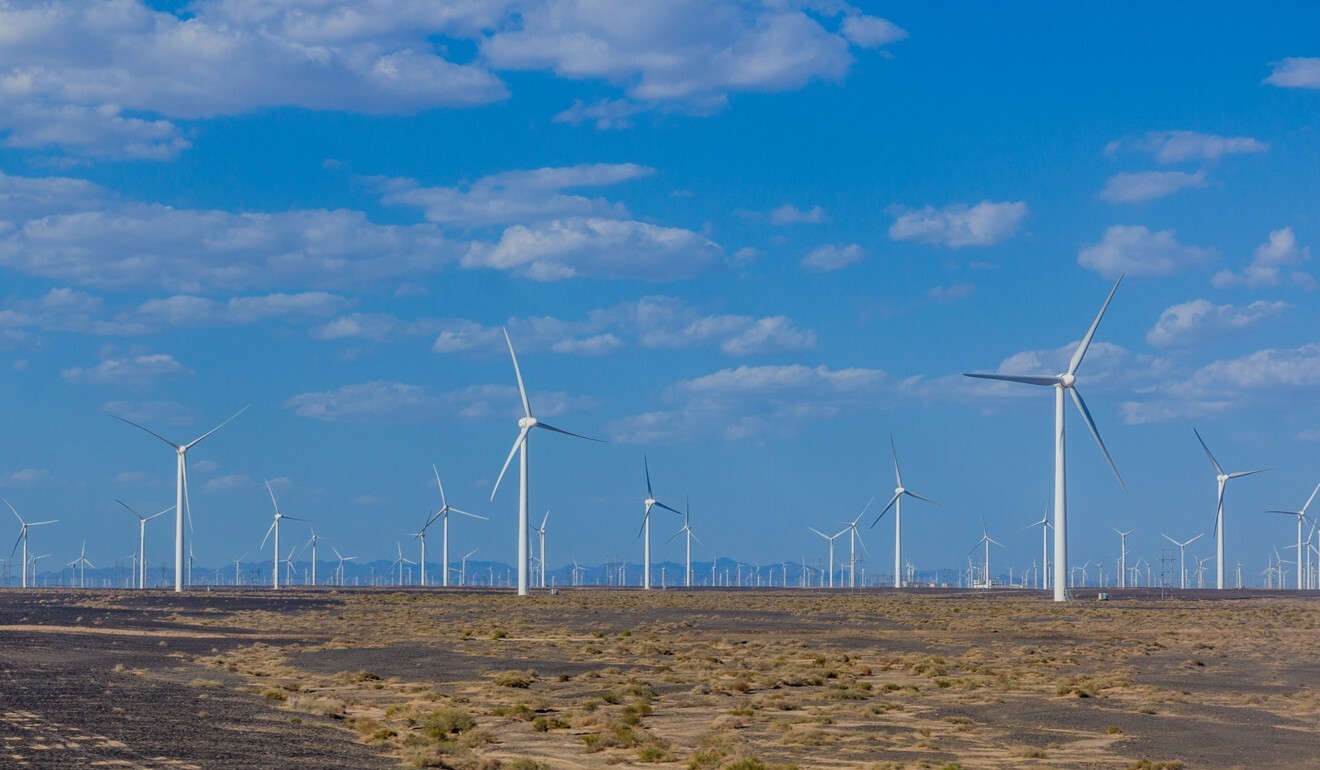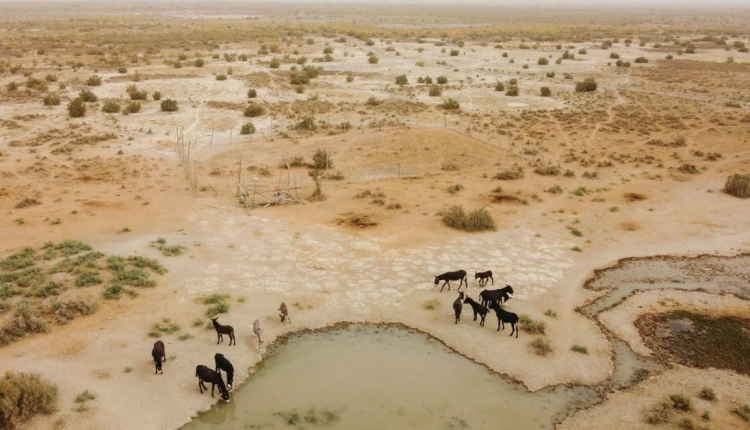©2021 Reporters Post24. All Rights Reserved.
A team of government researchers in China have unveiled the design for a commercial nuclear reactor that is expected to be the first in the world that does not need water for cooling, allowing the systems to be built in remote desert regions to provide power for more densely populated areas.
The molten salt reactor, which is powered by liquid thorium rather than uranium, should also be safer than traditional ones because in the event of a leak, the molten thorium would cool and solidify quickly, dispersing less radiation into the environment.
Construction work on the first commercial reactor should be completed by 2030 and the government plans to build several in the deserts and plains of central and western China.
China may also consider building these reactors for some countries that have signed up to the
because, unlike uranium, thorium cannot be used to make nuclear weapons.
The technology could also provide a new energy source for Chinese warships such as aircraft carriers and submarines.
In the 1960s the US built a facility to test the technology’s capacity to generate electricity, while countries such as France, the former Soviet Union and Japan also launched similar programmes.
The idea was attractive because the liquid fuel acts as its own coolant, removing the need for water, while thorium’s lower levels of radioactivity meant there is less risk of nuclear proliferation.
These early projects all failed because they could not solve problems such as pipes cracking too easily because they had become corroded by the radioactive molten salt.
In 2011, Beijing approved the construction of the prototype Thorium Molten Salt Reactor (TMSR), in Wuwei, a desert city in Gansu province.
Meanwhile, teams of researchers from across the country were mobilised to solve the technical problems that scuppered previous attempts, such as the development of an alloy that can withstand the radiation from thorium salt at temperatures of nearly 1,000 degrees Celsius (1,832F).
Although the project fell behind schedule last year, in part due to the pandemic, construction work on the TMSR is due to finish next month and a test run of equipment could start as early as September.
Although the prototype is only capable of generating two megawatts, if it succeeds it will be the first time the theory has been brought to life.

The commercial reactor designed by Yan and his colleagues could generate up to 100MW, less than a uranium reactor but still enough to power a modern residential area with 100,000 inhabitants.
Though a power plant needs other equipment such as steam turbines, the reactor itself will only be 3 metres (10 feet) tall and 2.5 metres wide, about the size of a bathroom.
It works by allowing the thorium to flow through the reactor, participating in a nuclear chain reaction and transferring the heat to a steam generator outside before returning to the reactor for another cycle.
It is safer than traditional nuclear technology because in the event of an accident the molten salt will fall into an underground container.
“Due to its high melting point … the molten salt will quickly cool and solidify without the direct release of solid and liquid effluents, thus preventing the further diffusion of radioactivity into the environment,” the team wrote.
In contrast, China has some of the lowest uranium reserves of any nuclear-capable country and even though work on seven or eight new nuclear plants is due to begin within the next few years, there is growing concern in Beijing that shortages could affect the country’s energy security.
Source: scmp.com


